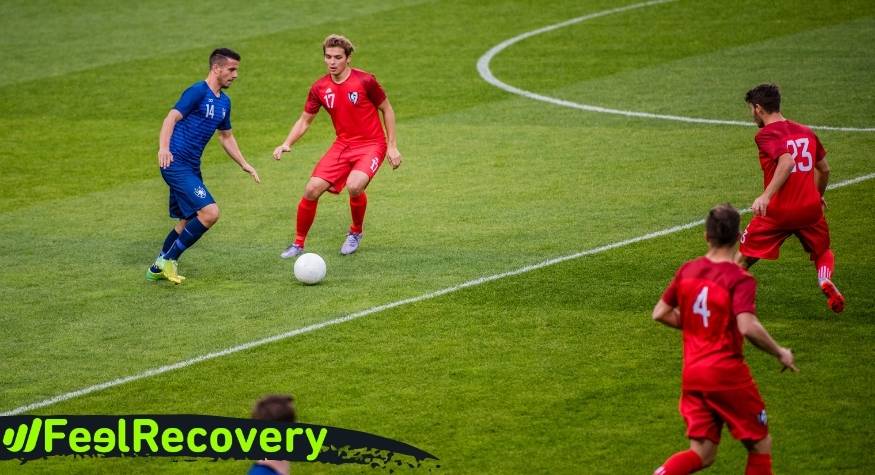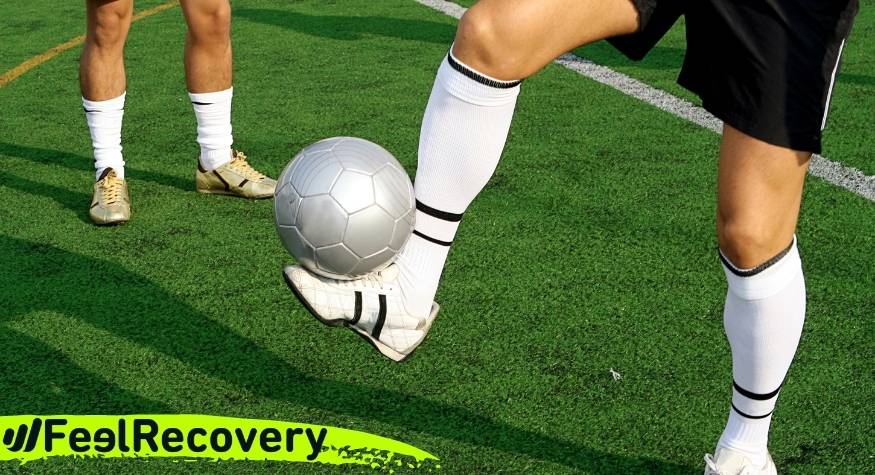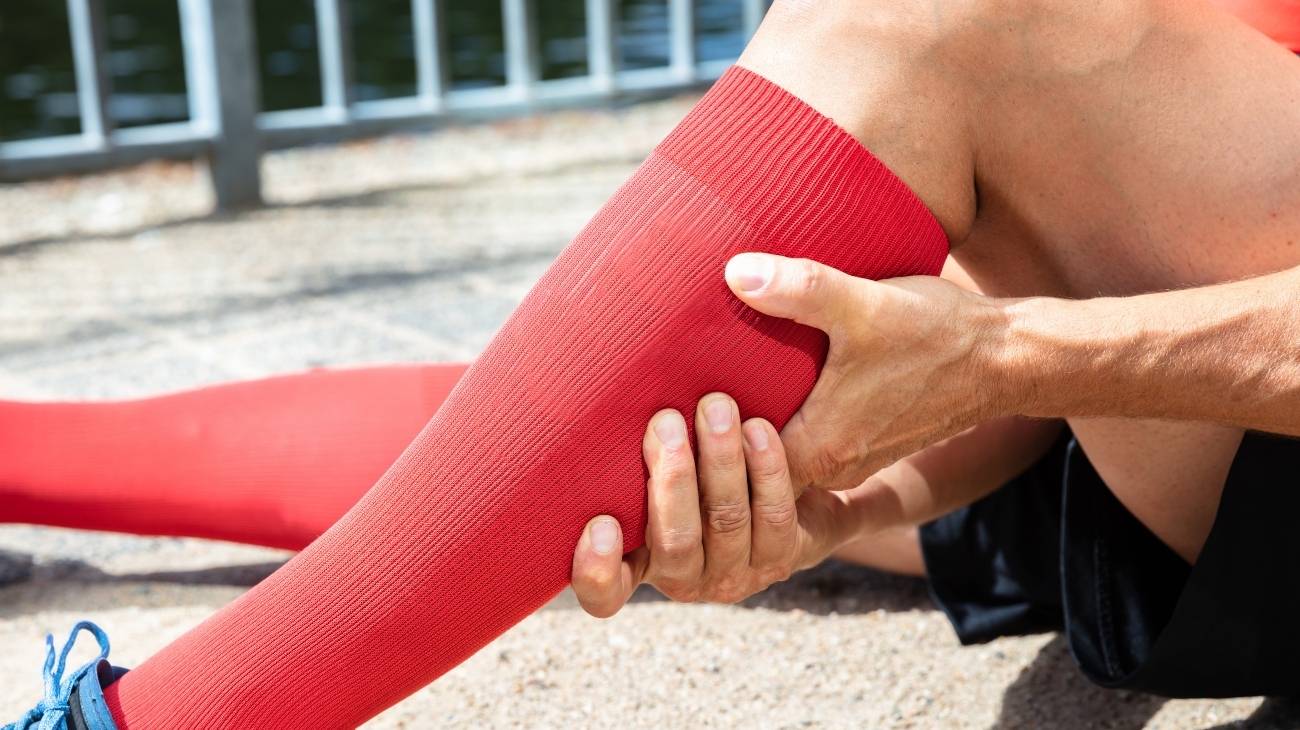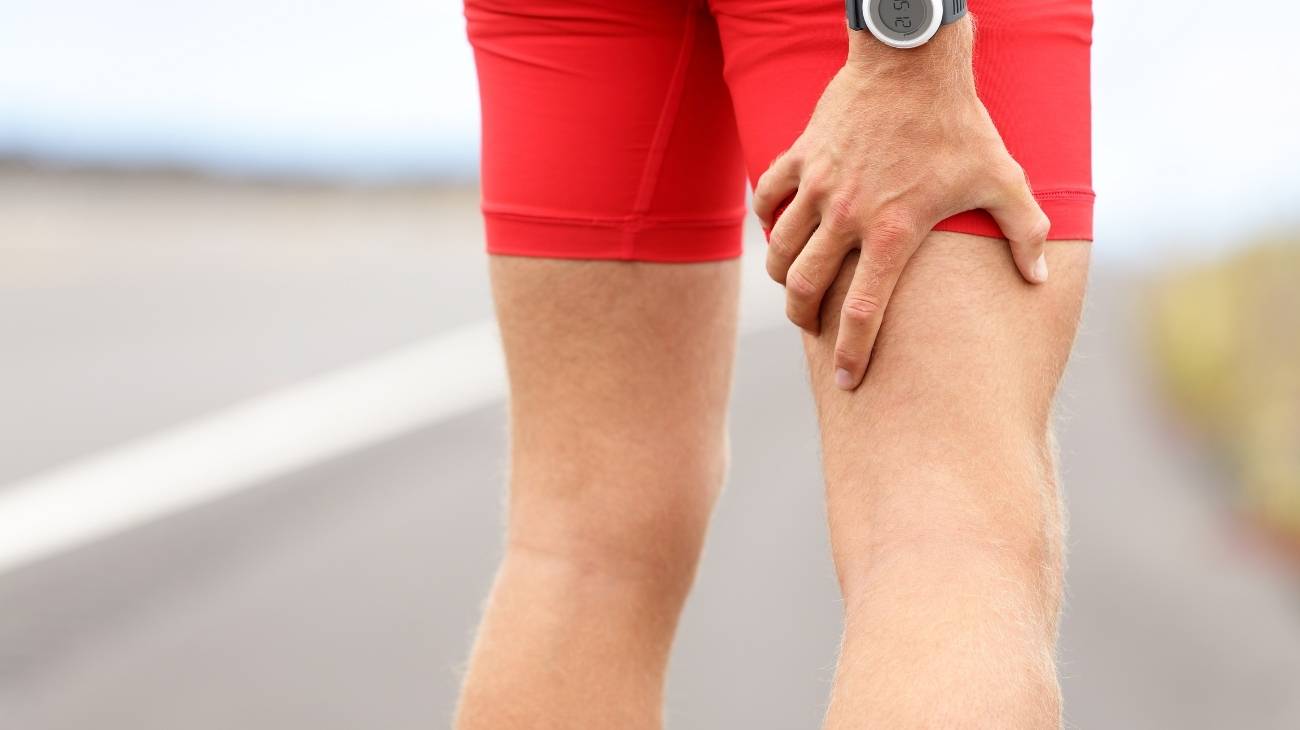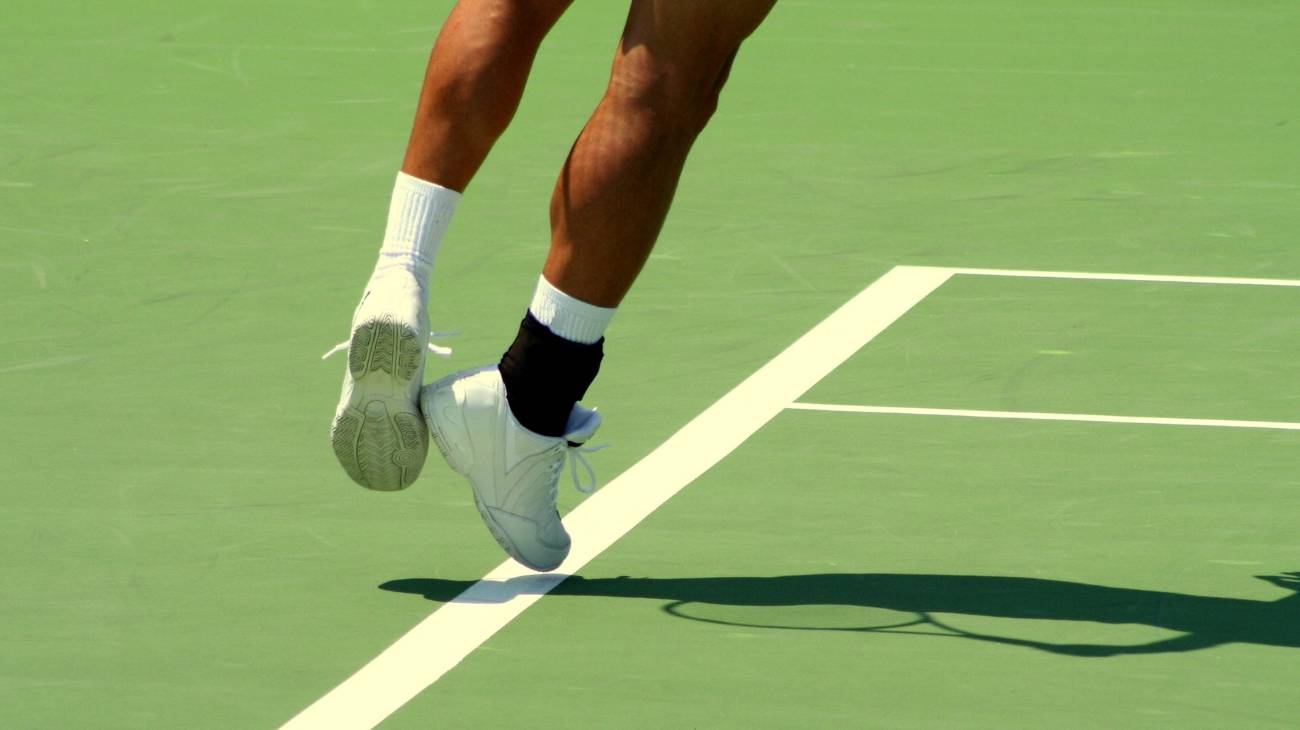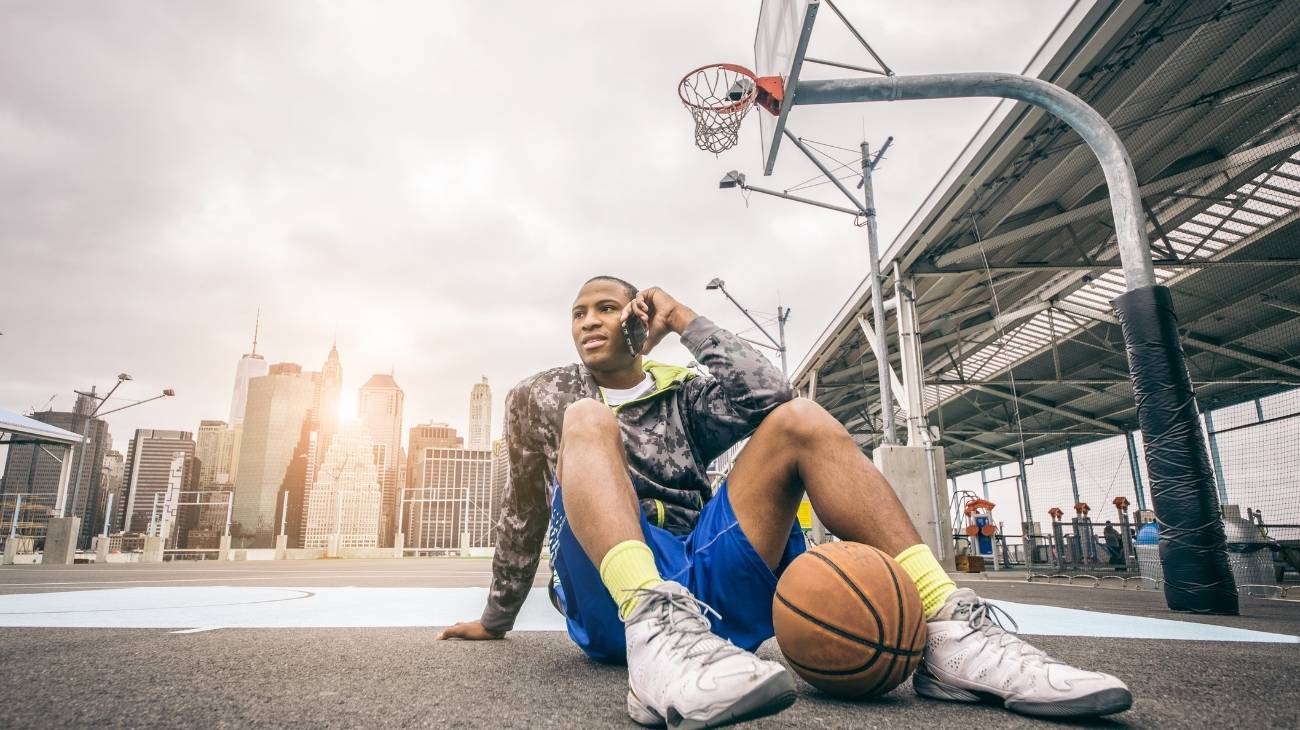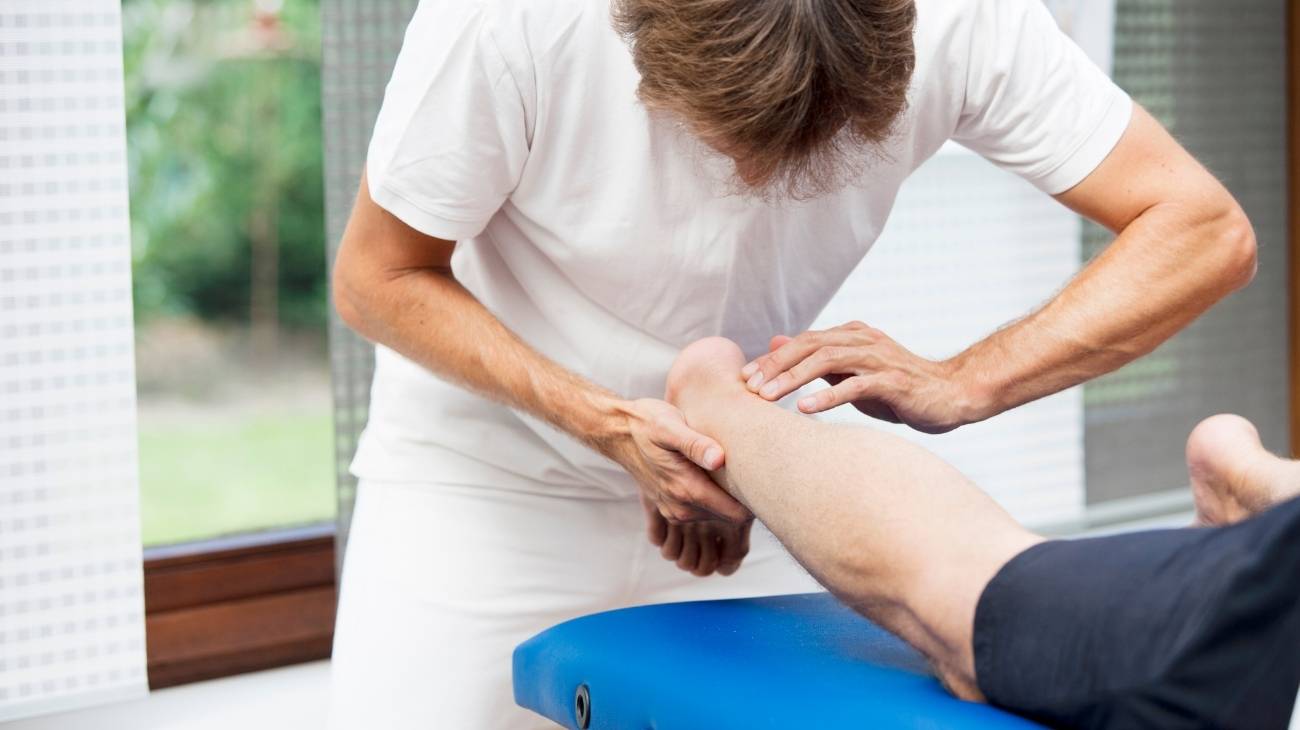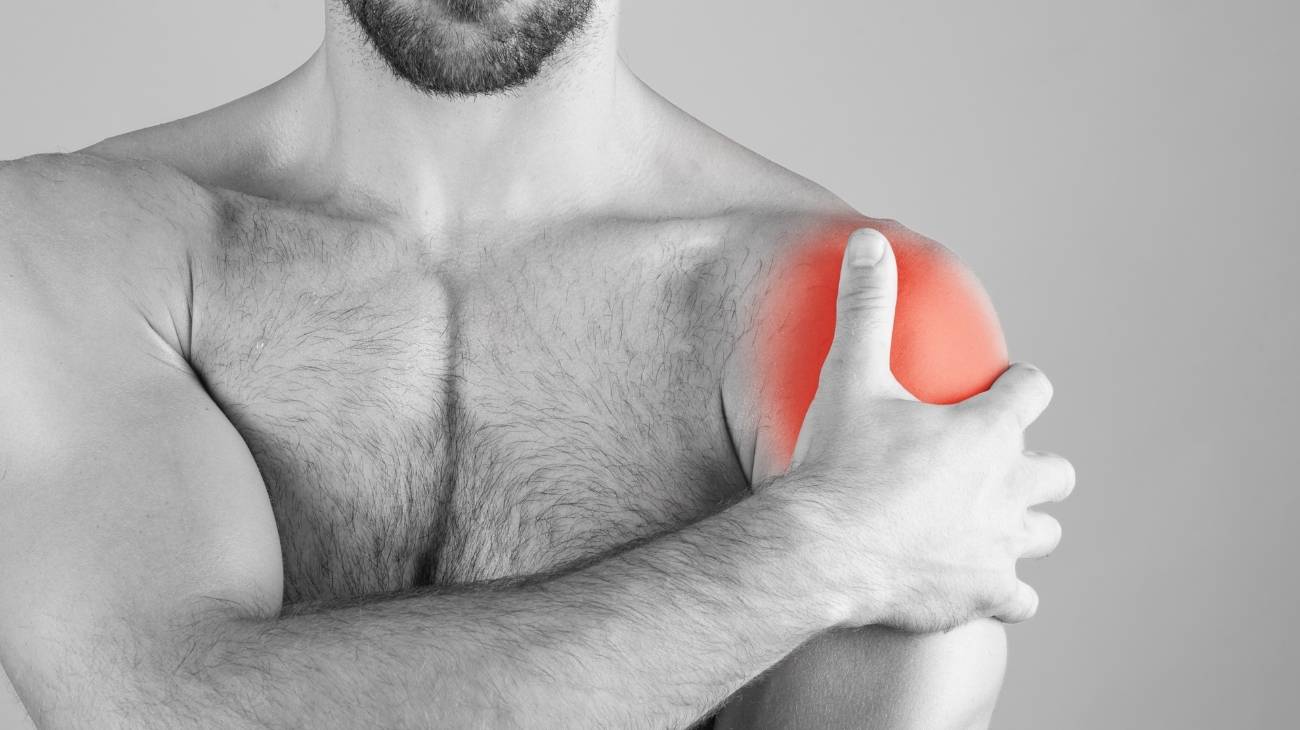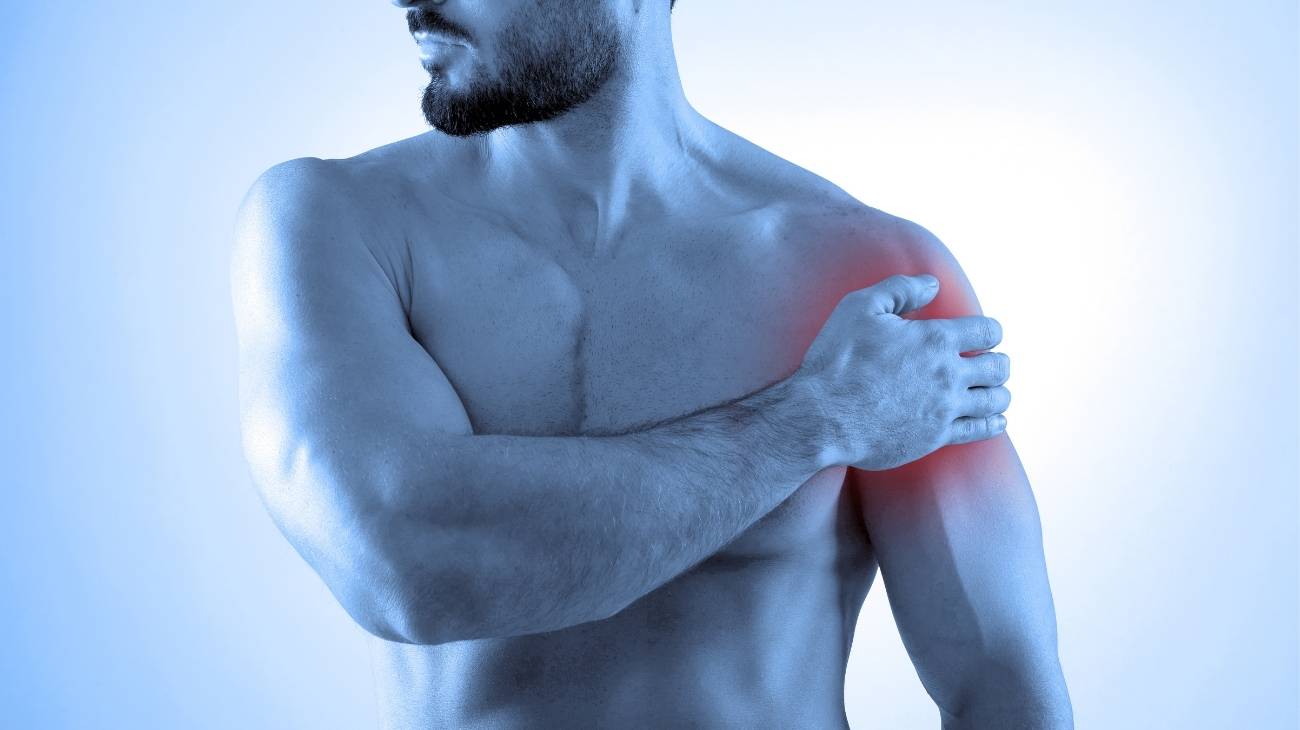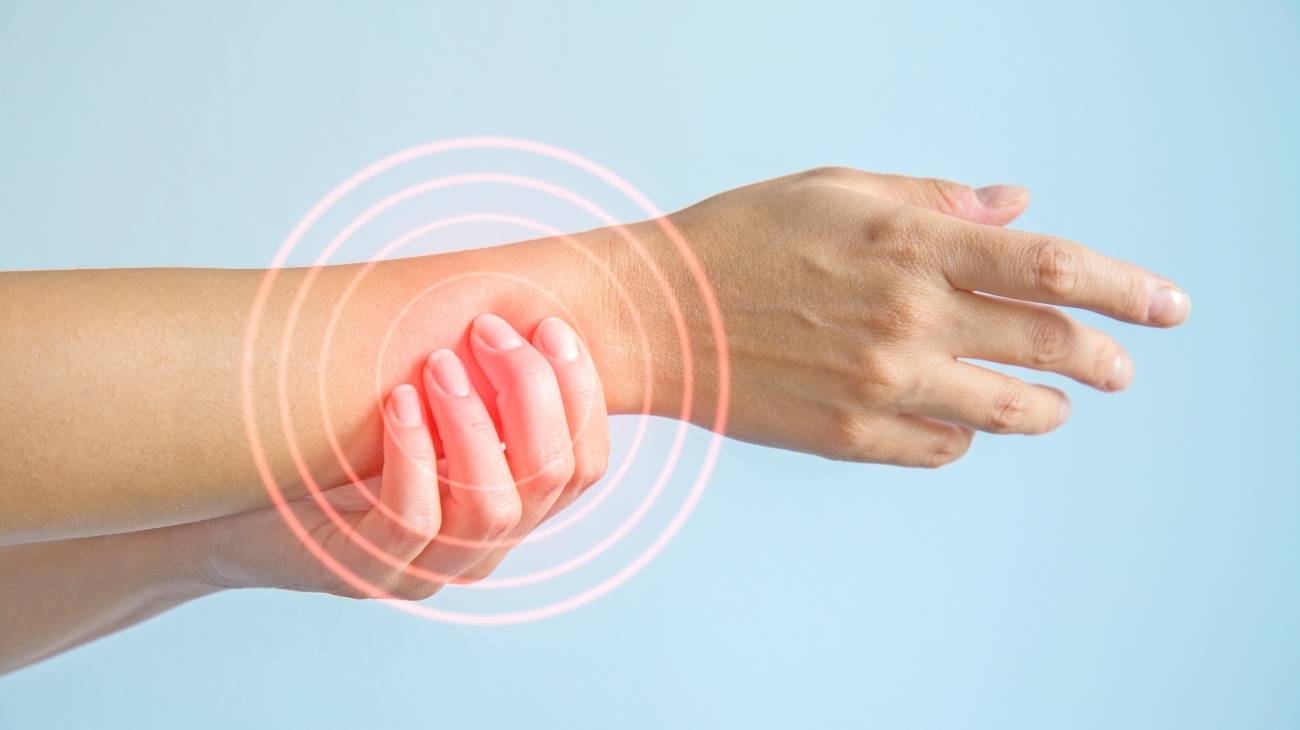- What are the most common injuries when playing soccer?
- What are the benefits of compression stockings for soccer players?
- What characteristics should you take into account before choosing the best compressive stocking to play soccer?
- Do compression socks really work to improve performance and recovery in soccer?
Soccer is one of the most famous team sports worldwide and therefore gathers fans of all ages in most countries. It is a mass phenomenon that has a remarkable social impact. In terms of health, it improves the mental and emotional state, prevents different diseases such as obesity, diabetes and hypertension.
However, it can also be the main risk factor for various injuries that weaken the physical well-being of players. But, nowadays, there is the possibility of preventing them thanks to the use of compression stockings and in this post, we will show you why.
What are the most common injuries when playing soccer?
Inherently, soccer stands out for being a very demanding sport, regardless of whether it is played professionally or for fun. Players have to meet the eminent demands of performing numerous sporting gestures, as well as jumping, collisions, continuous running and sudden changes of direction. In addition, the terrain can be very uneven.
For these reasons, it is a skill that increases the risk of injury due to the various mobiles present during the course of a match. Therefore, in order to have a greater impetus to use a useful prevention tool, it is valuable to know the most frequent injuries in this popular sport:
Meniscus tear
The meniscus is a fibrocartilage structure located in the knee, both medially and laterally, which acts as a shock absorber between the femur and tibia to protect the joint by dissipating loads. Therefore, an activity that involves twisting or sudden rotational movements in a squatting position or with the foot fixed on the ground (such as soccer) leads to a meniscus fracture.
Thus, in general, this type of injury is very common in soccer and triggers the following symptomatological picture in athletes: sensation of rupture, stiffness, pain when turning the knee, perception that the joint is weak and difficulty in straightening the knee. Whereas, the accentuation of all these symptoms will depend on the severity of the injury which is determined by the type and location of the tear.
Achilles tendonitis
This refers to a very common sports pathology that is almost always developed due to overloading of the Achilles tendon. This is a strong, fibrous cord that connects the muscles at the back of the calf to the heel bone. Achilles tendonitis in soccer players is often caused by a sudden increase in the duration or intensity of their runs, as well as by sudden movements and training on an uneven surface.
With regard to the symptoms of this condition, we highlight the following: Mild pain after the injury which, as time goes by, worsens in the area above the heel and the lower part of the leg. It also leads to swelling or hard nodules of tissue over the tendon, weakness in the leg, stiffness and unusual tenderness. If treated early, a medication and physiotherapy plan can ensure complete healing before it becomes a chronic condition.
Knee sprains
In soccer, knees are frequently injured and among these injuries, one of the most common are sprains or strains. This is a pathology that directly affects the knee ligaments due to the excessive stretching of one of them. Either by suffering a fall with the knee badly positioned after a step or jump, by experiencing direct blows to the area, by micro traumatism or by overloading.
However, depending on the ligament affected, there are several types of sprains: Anterior cruciate ligament sprain (ACL), posterior cruciate ligament sprain (PCL), lateral collateral ligament sprain (LCL) and medial collateral ligament sprain (MCL). Broadly speaking, the symptoms it causes are: Pain at the site where the tear has occurred, annoying crunching, swelling, stiffness, redness and inability to stand.
Ankle sprains
This is an injury that affects the ligaments that make up the joint, due to stretching beyond their regular limit of elasticity. Thus, in addition to sprains to the knee, sprains to the ankle are also common in soccer due to the intensity of play, sudden changes of pace and the blows that opponents can deliver.
On top of that, jumping, diving, spinning and the type of pitch can also increase the likelihood of an ankle sprain. For this reason, it is rare for a soccer player not to have suffered such an injury at some point in his career. Normally, the symptoms are as follows: Intense pain in the joint, ecchymosis or bruising in the area, increased sensitivity in the area and localised sensation of heat.
Triad
Undoubtedly, it is one of the most feared injuries by soccer players, given the level of seriousness involved and that, in many cases, it can lead to the athlete's definitive withdrawal from sport. Since the triad is made up of three individual injuries, such as: anterior cruciate ligament tear, medial lateral ligament tear and internal meniscus injury, it is actually three conditions in one.
This condition is usually caused when the foot digs into the ground during a sudden deceleration action, causing a strong rotation of the tibia that the knee is not able to resist. Therefore, violent starts and braking are risky acts for this type of injury in which the solution is based on surgical treatment and a rehabilitation process that takes up to a year. Its main symptom is severe pain in the knee that causes instability.
Bestseller
-
2 Calf Compression Sleeve (Black/Gray)
$24.95 -
2 Calf Compression Sleeve (Green/Navy)
$24.95 -
2 Calf Compression Sleeve (Pink/Bordeaux)
$24.95 -
Sport Compression Socks (1 Pair) (Black/Gray)
$24.95 -
Sport Compression Socks (1 Pair) (Green/Navy)
$24.95 -
Sport Compression Socks (1 Pair) (Pink/Bordeaux)
$24.95
What are the benefits of compression stockings for soccer players?
Basically, compression sleeves are those that exert pressure on the muscles to facilitate the pumping of blood in an upward direction and prevent the veins from dilating excessively. Nowadays, in the world of sport, they are widely used to obtain the different benefits they offer and for this reason, soccer players have joined the use of this type of textile garment.
Taking into account that, in this skill, they guarantee the following pros:
- They increase the blood circulation flow and contribute to the optimisation of the circulatory system.
- They ensure greater support for the muscles.
- Reduce muscle soreness and fatigue, as well as the possibility of pain and inflammation.
- Minimise the effect of the impact of each stride.
- They protect the limbs from numerous sports injuries.
- Improve the endurance and performance of the player during the game.
- They speed up the recovery process after the match and/or training.
- They prevent the loss of body heat during the performance.
- Provide great stability which also translates into comfort.
What characteristics should you take into account before choosing the best compressive stocking to play soccer?
Given that there are currently numerous options when it comes to compression stockings, it is important to know how to choose the most suitable one for playing soccer and squeeze all the benefits it offers. That is why, based on the most relevant aspects, we provide you with a buying guide that will help you find the most suitable textile accessory for your needs in this sport:
According to its function
One of the most vital characteristics to evaluate is the function of the sock in question. You should select a type of accessory that is completely adapted to your sport, i.e. soccer. Otherwise, you are likely to buy a sock designed for other skills and as a consequence, it will not be useful for your matches. Also, make sure that it fulfils the following tasks: promoting venous return, promoting rapid recovery of the area, relieving muscular loads, reducing possible pain and inflammation and preventing injuries.
Material of manufacture
When choosing a compression garment, make sure it is made of a synthetic component (polyesters, nylon or spandex) that helps sweat wick away quickly.
Compression type
The degree of compression is also an essential detail to consider. This will reveal the amount of support the textile element offers in order to fulfil the function it promotes. In general, there are the following types
- Light (exerts a pressure of 18 to 24 mmHg)
- Moderate (22 to 29 mmHg)
- Strong (30 to 40 mmHg)
- Extra-strong (37 to 49 mmHg)
According to studies, on average, it is recommended to wear a stocking that provides compression between 15 and 30 mmHg for sports practices.
Sizing
Many manufacturers have designed one-size-fits-all compression stockings and, although they promise benefits, the truth is that this is contraindicated. Because, depending on the anatomy of each athlete, this type of stocking can be too small and cause a strangulation of blood flow, while for others they can be too large to the point of providing poor compression. Therefore, the soccer player should buy a sock with his exact size (S, M, L or XL), depending on his height-weight ratio or the circumference of his calf.
Design
It is appropriate to choose a design that covers the skin up to the height required by the athlete. Depending on the length of the compression stockings, the following designs are known:
- Socks (only covering the foot)
- Short socks (from ankle to knee)
- Long socks (above the knee to mid-thigh)
Normally, soccer players wear the short socks or calf socks.
Price
The cost of compression stockings varies according to their brand, design and function. However, on average, short and long soccer socks are priced at over 30 euros, while compression socks can cost between 20 and 30 euros. It is appropriate to purchase socks from a recognised brand to ensure their originality, as imitations are of poor quality and their effectiveness is poor.
Do compression socks really work to improve performance and recovery in soccer?
Yes, compression socks are recommended for playing soccer. Because they stimulate optimal blood flow and this helps the blood to flow back to the heart to prevent it from pooling in the feet while the athlete is running during the 90 minutes of the match. This also boosts the athlete's performance.
In addition, they promote the recovery of the muscles in a shorter time and, as a consequence, allow to accelerate the recovery of the athlete's limbs after exercise. They also prevent discomfort (pain or inflammation) that can occur after training.
Compression sports socks for playing soccer are the best garment to increase sporting performance, and if you have an injury, you can achieve a quick cure with the use of compressive therapy, whose work is effective in improving the internal components of the foot and calf.













